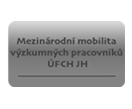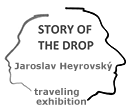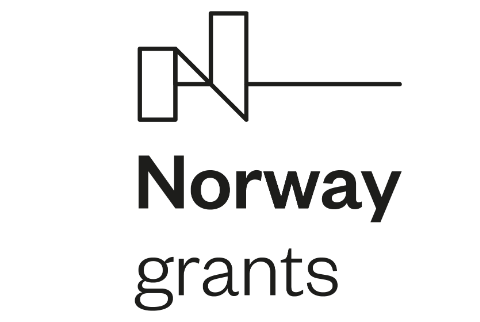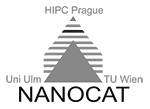No going back: How the coronavirus pandemic changed research infrastructures
Europe’s research labs scrambled to make the best use of their resources and offered remote access for researchers during the pandemic. Some of these changes are set to become a permanent feature
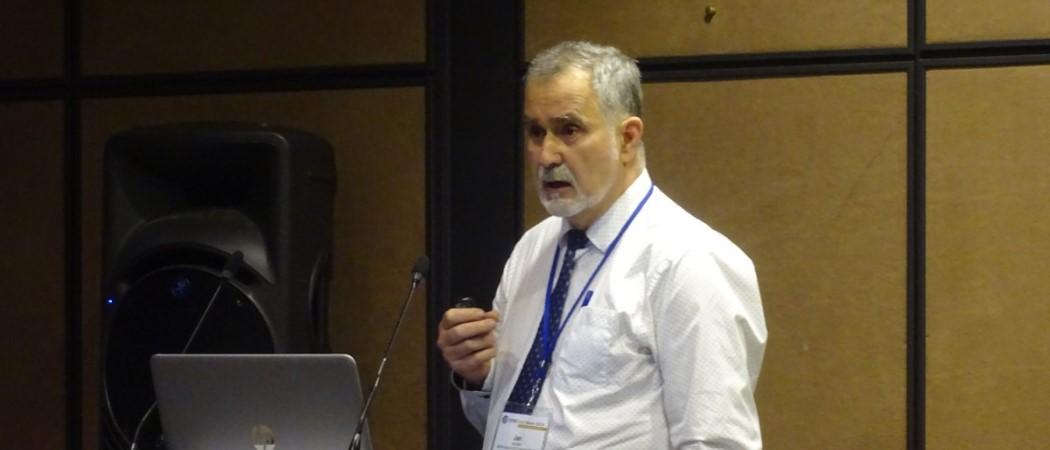
Jan Hrušák, chair the European Strategy Forum on Research Infrastructures (ESFRI). Photo: Twitter
Big research labs are set to make a permanent feature of ‘needs must’ operational changes forced on them by the COVID-19 pandemic, as they take stock of lessons learned over the past year.
Jan Hrušák, chair the European Strategy Forum on Research Infrastructures (ESFRI) expects big labs will fine tune remote access schemes and allow more researchers to send in samples for those projects that do not require their physical presence in the lab.
In the face of the pandemic, research labs fast-tracked access for urgent health projects and had to put many other experiments on hold. Labs around Europe closed their doors as travel restrictions and lockdowns hit, and had to invent new ways of carrying out essential work safely.
Now, in recognition that these new ways of working give the research infrastructures themselves and geographically spread scientists that rely on their resources, more flexibility, these new methods could be extended beyond the pandemic.
“Research infrastructures have been severely hit by the crisis,” said Hrušák. “They had difficulties working in the traditional way and they have been facing troubles in providing access to users.”
In dire circumstances, Hrušák said Europe’s research labs scrambled to make the best use of their resources and offered remote access for researchers, which required changes in the way research infrastructures work. “We have seen huge, massive mobilisation of [the] capacities of research infrastructures,” he said.
If these changes are to become permanent, labs would have to revamp their hiring plans, because more staff will be required to handle samples mailed in by remote researchers. “There might be new ways how research infrastructures will connect to the users and how they operate,” said Hrušák.
Lockdowns have also delayed the construction of new infrastructures but Hrušák hopes “this will not propagate further.”
Research labs should start planning plan for challenges in the near future. For now, the economic consequences of the crisis are difficult to foresee. As vaccines are being rolled out, employment and investments are bouncing back, but it is unclear to what extent governments will adjust R&D expenditures.
Hrušák expects national R&D budgets will be under some financial stress, which might affect decisions on operational costs and prompt changes to the budgets of research infrastructures. However, the pressure of financing science labs will not be as high as in previous crises, as the public better understands the strategic role of investments in research. “There might be difficulties when the pandemic is over and we will probably be hit by an economic crisis,” said Hrušák.
International cooperation
As the EU moves to protect its interests in sensitive fields, research infrastructures are developing policies on how to remain open for international researchers while at the same time ensuring sensitive research is not being leaked to competitors. “Infrastructures with international visibility have developed policies [on] how to handle technology sovereignty,” said Hrušák.
According to Hrušák research infrastructures are increasing international access, but at the same time they have to find a balance between openness and keeping operational costs under control.
He hopes EU stakeholders will discuss how to cover the operational costs of research infrastructures as the share of international researchers using these labs grows. “International access becomes an issue in several research infrastructures because when it becomes a sizable share of usage, then it certainly gives us an issue of who is covering these operational costs,” said Hrušák.
“This has to be clearly discussed at the European level,” said Hrušák. “We have to find a way to solve the technicalities.”
International labs with local impact
Hrušák, a Czech physical chemist, is looking forward to the next year’s International Conference on Research Infrastructures (ICRI), which is to be held in his home country in Brno. He hopes the conference will be a good opportunity to discuss how research infrastructures can have an impact on local innovation ecosystems.
Over the past decade, the Czech Republic has advanced its investments in big research labs. The country is host to one of the three laser labs within the Extreme Light Infrastructure (ELI) project, the Central European Institute of Technology (CEITEC), a research centre focused on life sciences, advanced materials and nanotechnologies established in 2011.
These investments are a “very nice demonstration of how research infrastructures have impact on the local innovation ecosystem,” said Hrušák.
The next ICRI conference will take place during the Czech presidency of the EU Council. Hrušák hopes the conference will serve as a platform for showcasing to other countries how research infrastructures can be built by combining national and EU funds.
According to Hrušák, several research infrastructures are currently being built with EU structural funds in Spain, France and Greece.
New roadmap
ESFRI is an institution that brings together Europe’s research infrastructure, supports their functioning and benchmarks the quality their services to attract the best researchers from around the world.
The forum also publishes periodically a roadmap, an inventory of research labs in Europe. A roadmap is expected to be published this year but, due to the pandemic, the deadline for submitting proposals had to be extended from May to September 2020.
“The ESFRI roadmap process was severely hit by pandemic,” said Hrušák. “We had to sharpen the timeline.”
Source: https://sciencebusiness.net/news/no-going-back-how-coronavirus-pandemic-changed-research-infrastructures








